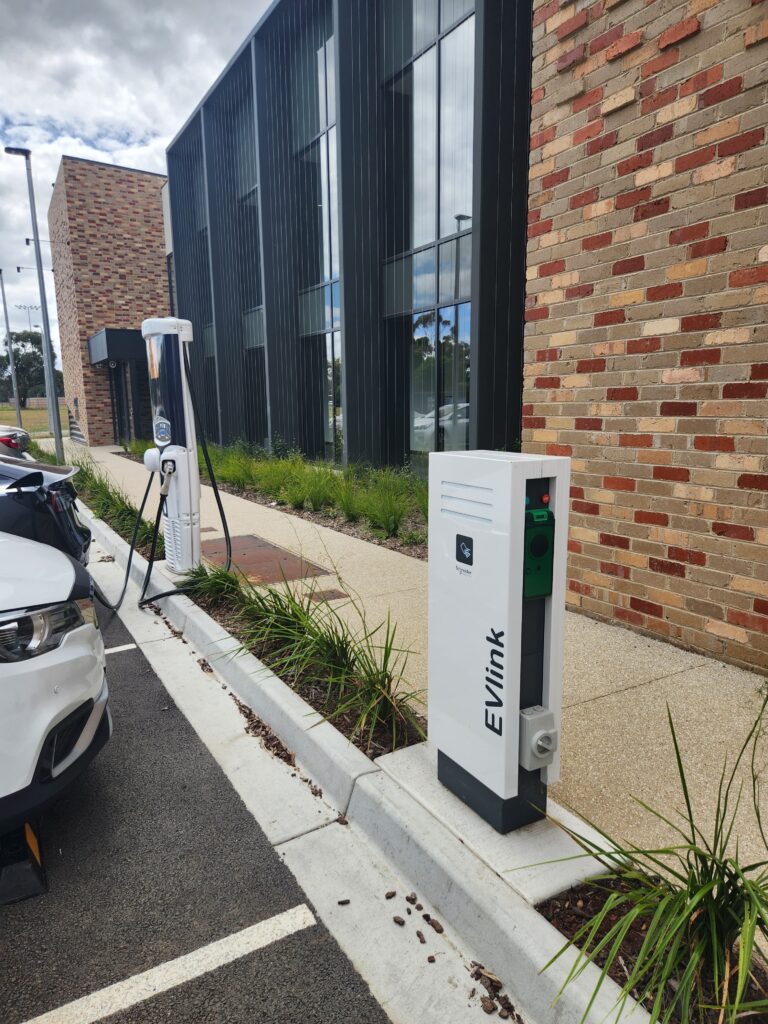Fleet Charging: A Comprehensive Perspective

August 30, 2023
In this blog post, we delve deeper into fleet charging, addressing fundamental inquiries and presenting viable solutions that have emerged in the market. We aim to guide fleet operators and decision-makers towards informed choices and successful implementations by providing answers to commonly asked questions.
One of the most frequently asked questions is:
How many EV chargers do we need?
The answer largely depends on the distance your fleet covers or the duration of vehicle idling. Generally, if your vehicles travel less than 100 kilometers per week, you may consider a 7.4kW (51km per charging) charger for every two electric vehicles (EVs). However, if your fleet covers distances exceeding 100 kilometers weekly, a ratio of one 7.4kW charger for every EV might be more appropriate. Furthermore, exploring the possibility of enabling charging at employees’ homes can significantly enhance efficiency while alleviating the strain on the on-site power supply.
Another common query pertains to the potential cost savings per vehicle per year. The amount of money mainly saved depends on the annual fuel consumption of your fleet. Estimates suggest that the savings per EV can range from $3,500 to $8,000 annually. These figures underscore the substantial financial benefits that can be achieved by adopting electric vehicles.
One crucial consideration in fleet charging is the viability of installing fast chargers, particularly within warehouse facilities. While it is indeed possible to deploy DC chargers in warehouses, it is essential to bear in mind that a dedicated supply of 80A 3-phase power is necessary for a 50kW charger. Also, by adopting a milestone-based approach, converting 25% of your fleet to electric vehicles at a time, you allow your team to familiarize themselves with the technology and adapt their practices accordingly.
Electrical capacity is another significant factor to evaluate. The recommended course of action is to engage a certified electrician to assess the available spare load and calculate the maximum demand for your site. This information can typically be found in the main switch. It is advisable to avoid installing EV chargers on the Mechanical Switchboard whenever possible. Optimizing vehicle charging experiences can be achieved by carefully considering peak times, solar energy availability, and low-demand periods. Implementing a Smart Load Management system, such as the one being developed at Beyond EV, allows for effective control of the overall load while accommodating charging needs individually or in combination with other brands.
This concludes our insights. Our next blog post will provide a detailed account of our installations, sharing valuable lessons learned along the way. At Beyond EV, we strive to empower fleet operators with practical knowledge and solutions, enabling them to embrace the electric revolution and reap its rewards. Stay tuned for more!
We hope you found the information provided insightful and practical. If you are an organisation moving to EVs and encountering some challenges and require assistance, please don’t hesitate to contact us at info@beyondev.com.au.
Electrification all the way!⚡


